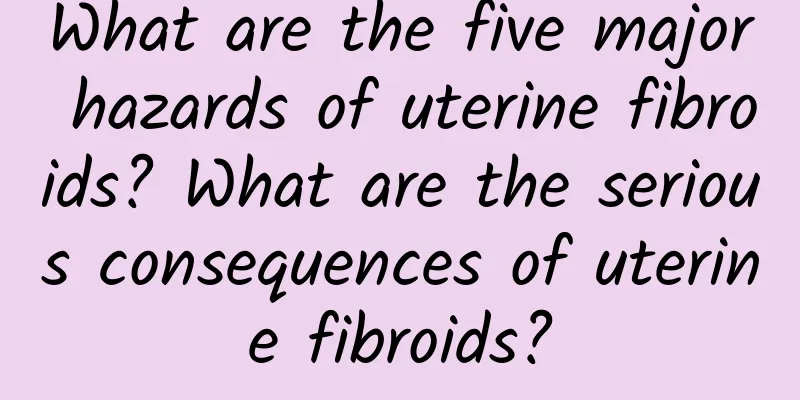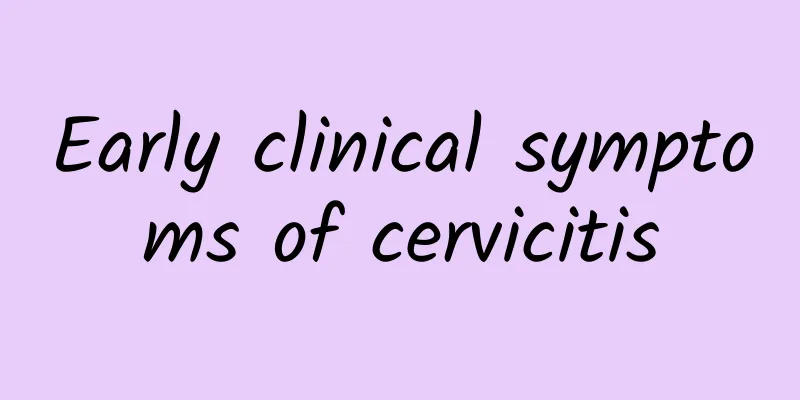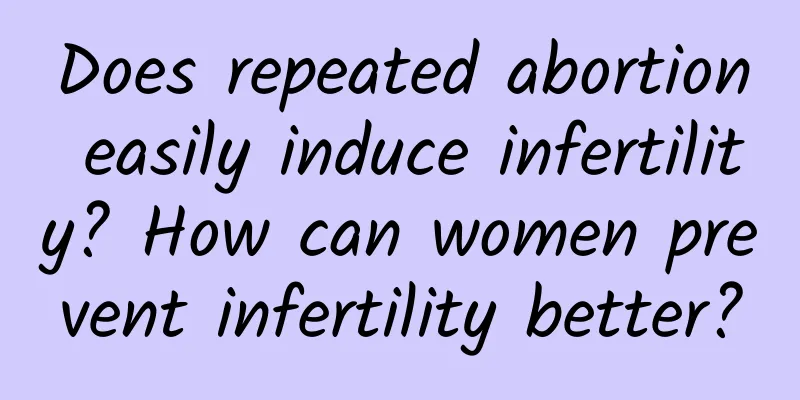What are the five major hazards of uterine fibroids? What are the serious consequences of uterine fibroids?

|
What are the five major hazards of uterine fibroids and what are the serious consequences of uterine fibroids? Uterine fibroids are a common gynecological tumor that mainly occurs in women of childbearing age. They are formed by the abnormal proliferation of smooth muscle cells under the endometrium and grow in the uterine wall in a nodular shape, which poses a serious threat to women's health. Next, we will introduce the five major hazards of uterine fibroids and their potential consequences in detail. Uterine fibroids can cause irregular menstruation. Due to the presence of fibroids, the endometrium becomes abnormally thickened, leading to menorrhagia, prolonged menstruation, and irregular menstruation. Sometimes, menstruation becomes irregular, and intermittent bleeding or abnormal vaginal bleeding may also occur. These problems can cause great distress to women's lives and even affect their quality of life. Uterine fibroids can also lead to infertility. When fibroids are located at the interface between the adenomyosis and the endometrium, they can affect the implantation of the fertilized egg. The presence of fibroids may also interfere with the normal function of the fallopian tubes, causing the fertilized egg to be unable to pass through the fallopian tubes and enter the uterine cavity smoothly. This is a very frustrating and heartbreaking result for women who want to get pregnant. Third, the growth of uterine fibroids may also cause pelvic pain. As the fibroids grow, they will compress and pull nearby tissues and organs, causing discomfort symptoms such as lower abdominal pain, back pain, and sexual intercourse pain. Sometimes, fibroids can also cause problems such as frequent urination, constipation, and abdominal distension, causing great inconvenience to patients' daily lives. Fourth, uterine fibroids may also cause anemia. Due to the presence of uterine fibroids, the area of the endometrium increases, leading to excessive menstruation. A large amount of blood loss will reduce the number of red blood cells in women's bodies, leading to anemia. Anemia can cause symptoms such as fatigue, weakness, dizziness, and inattention. Severe anemia may be life-threatening. The growth of uterine fibroids also carries the potential risk of malignant changes. Although uterine fibroids rarely transform into malignant tumors, some fibroids may develop into malignant tumors, such as leiomyosarcomas. The occurrence of malignant tumors can bring more serious consequences to the patient's physical health and may require more complex treatment and intervention. The five major hazards of uterine fibroids include irregular menstruation, infertility, pelvic pain, anemia, and potential malignant changes. Although uterine fibroids are a common gynecological disease, they should not be taken lightly. For female friends, early detection and treatment of uterine fibroids is crucial to protect their health and fertility. Uterine fibroids are a common benign gynecological tumor with a high incidence rate. Although the specific cause of fibroids is still unclear, women with uterine fibroids should maintain good living habits, undergo regular gynecological examinations, and promptly detect and treat uterine fibroids to reduce their impact on life and fertility. In terms of treatment methods, different methods such as observation, drug treatment or surgical resection can be adopted according to the severity of the disease. In general, early detection and treatment of uterine fibroids can help improve treatment effects and prognosis. |
Recommend
How to check ovarian cysts
How to check ovarian cysts? Patients need to unde...
Experts tell you whether Bartholinitis can be cured
There are many treatments for Bartholin's gla...
What are the causes of menstrual disorders?
What are the causes of menstrual disorders? Due t...
General care for hyperprolactinemia
Women all know the dangers of hyperprolactinemia,...
How to calculate the safe menstrual period?
Modern women want to use scientific contraception...
Brief introduction to the symptoms of acute pelvic inflammatory disease
Some people know the symptoms of chronic pelvic i...
Why is there more yellow leucorrhea during lactation? There are many reasons
There are many reasons why leucorrhea is yellow d...
Learn more about the dangers of pelvic inflammatory disease
I believe many women know that pelvic inflammator...
Stop punishing yourself with dieting! Nutritionists teach you how to fix overeating
Nutritionist Zhao Hanying reminds us that health ...
Causes of recurrent attacks in patients with Bartholinitis
What is the reason for the recurrence of Bartholi...
Nutritionists recommend a 14-day oatmeal menu to help you lose weight easily and lose weight easily
After the Lantern Festival, the oral karma accumu...
How long does it take to get a follow-up checkup after taking suppositories to treat cervicitis? How should women prevent cervicitis?
Cervicitis is a very common gynecological disease...
How to treat moderate cervical erosion? 4 most effective methods to treat moderate cervical erosion
Many women do not pay enough attention to their o...
What diseases will occur if uterine fibroids are not treated
What diseases will be caused by untreated uterine...
Difference between ovarian cyst and pelvic inflammatory disease
The difference between ovarian cysts and pelvic i...









